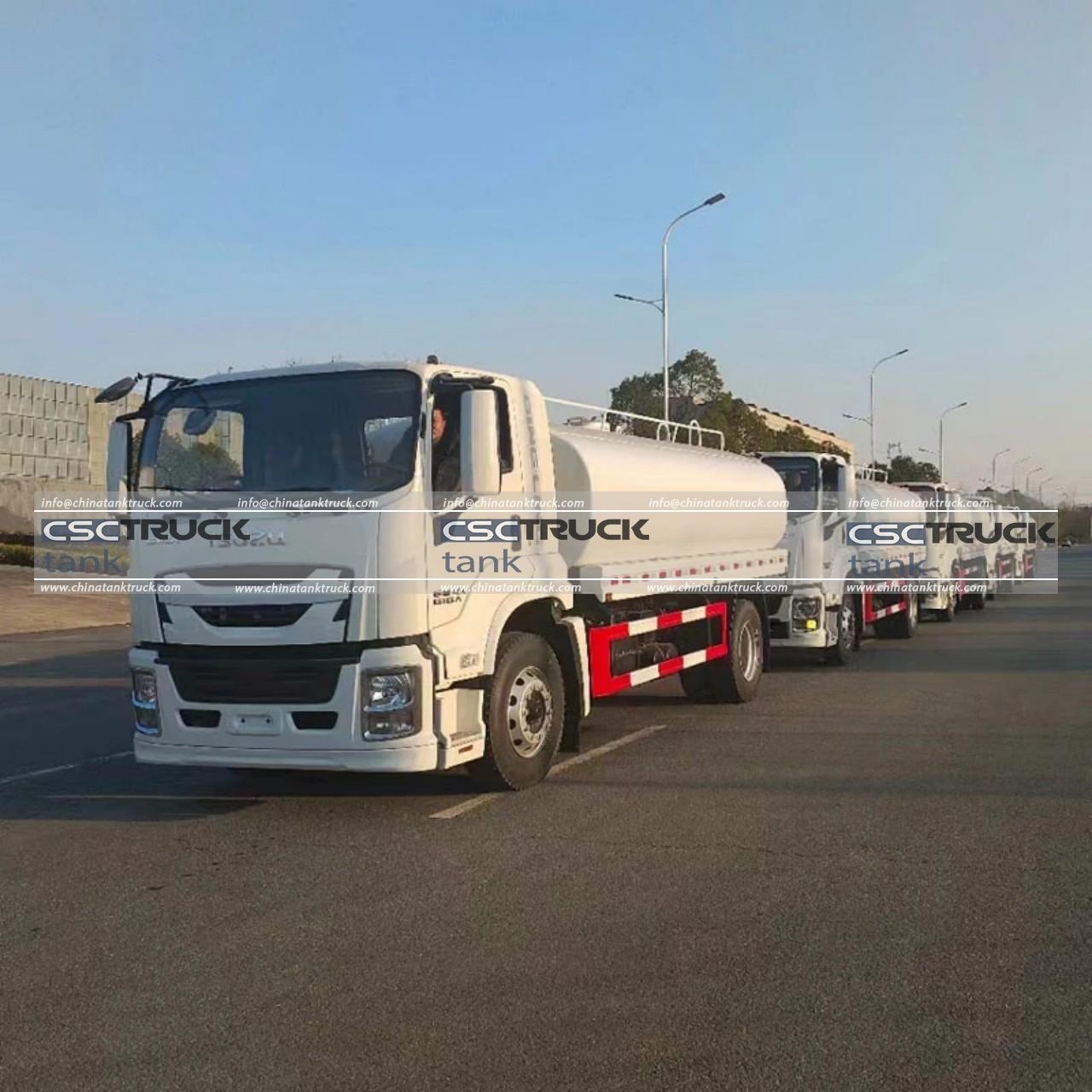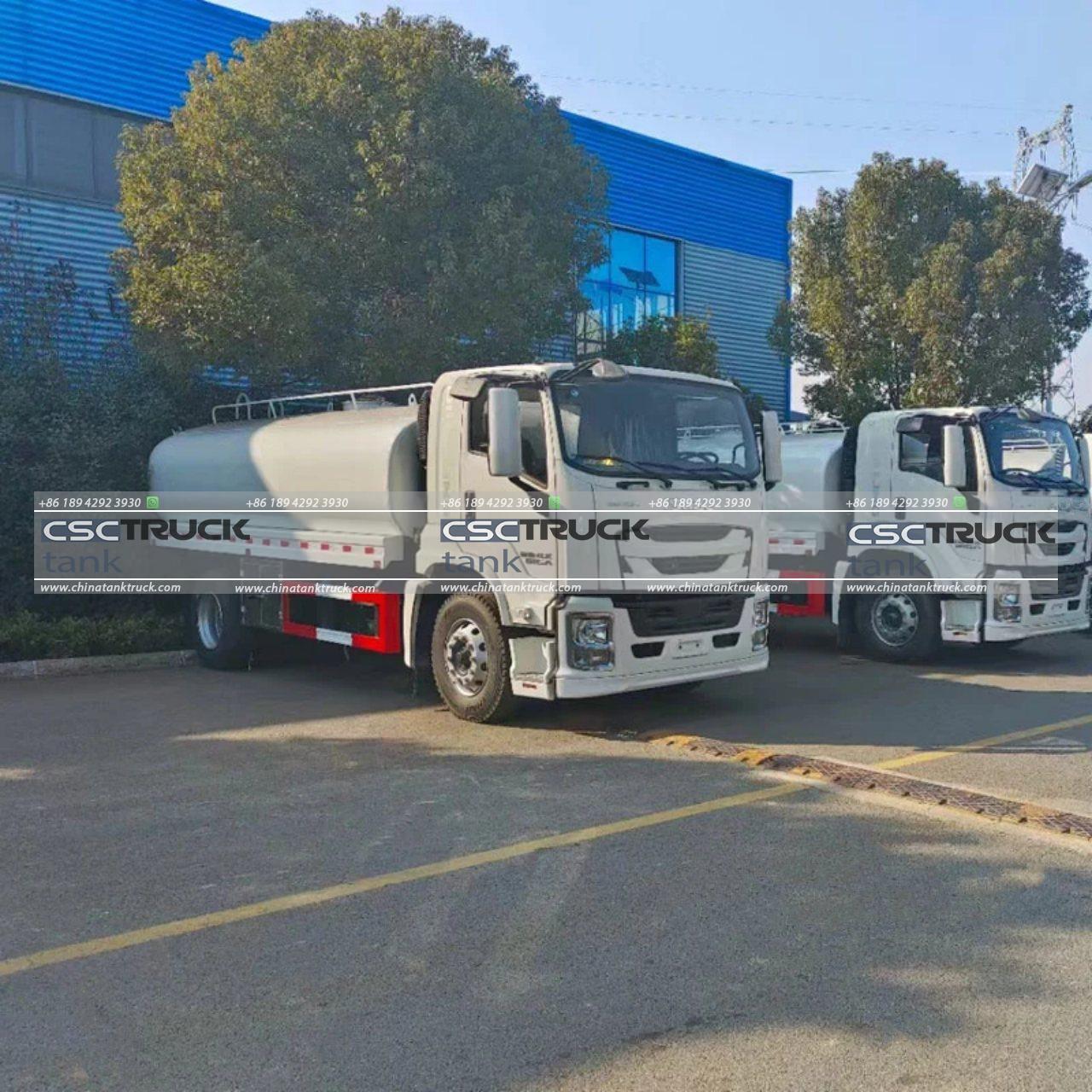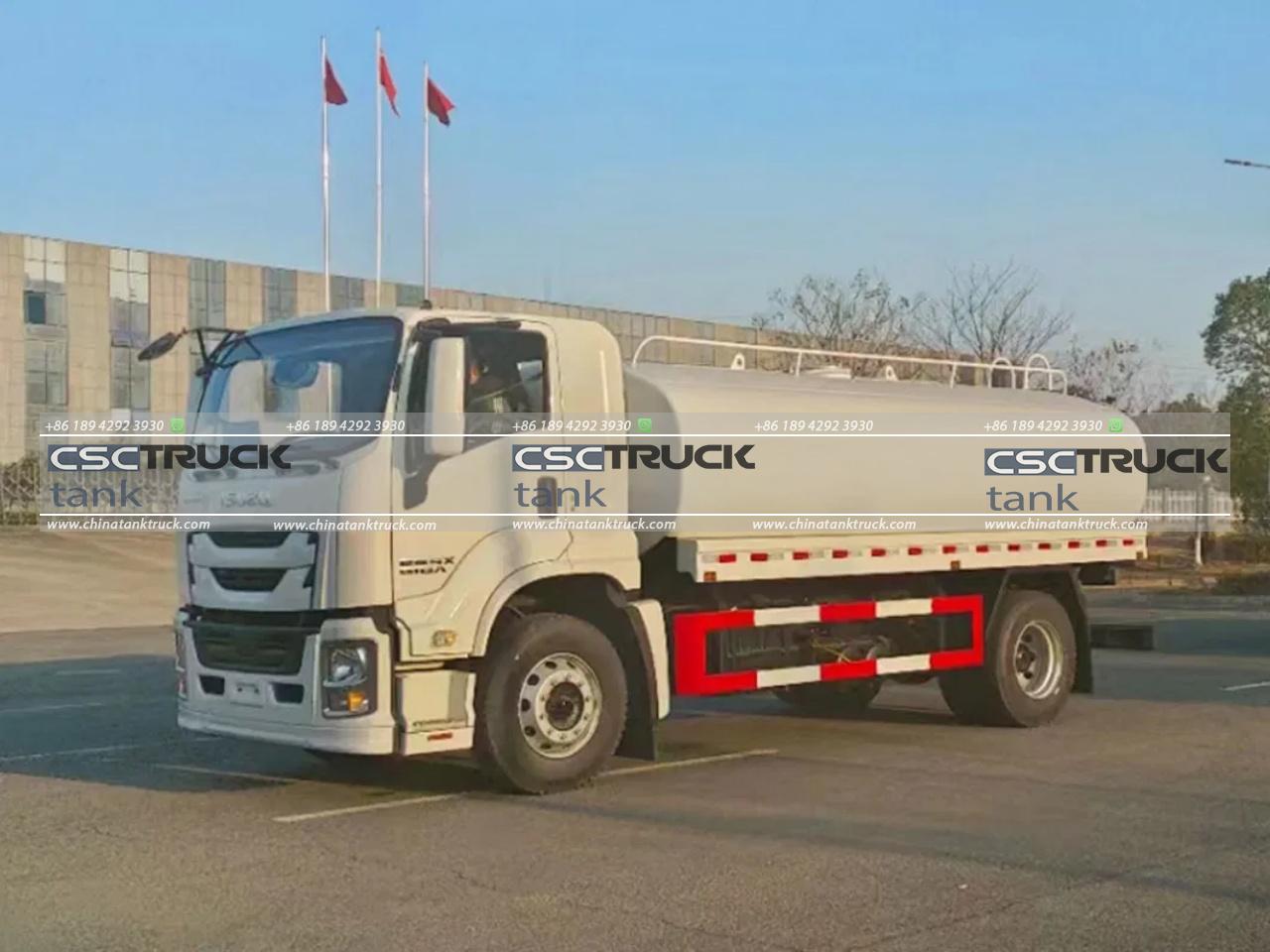Do They Carry Milk in Tankers?
When we think of tankers, images of large vehicles transporting fuel, chemicals, or water often come to mind. However, one of the essential and perhaps less obvious uses of tankers is the transportation of milk. This process is critical in ensuring that fresh milk from dairy farms reaches processing plants while maintaining its quality and safety. In this article, we will explore how milk tankers operate, the technology behind them, and why they are vital in the dairy supply chain.
The Role of Milk Tankers in the Dairy Industry
Milk tankers, often referred to as milk trucks or milk tank trucks, are specialized vehicles designed to transport large quantities of raw milk from dairy farms to processing plants. The transportation of milk is a vital link between the farmer and the consumer, ensuring that the milk remains fresh and uncontaminated during its journey.
Milk is a perishable product, and its quality can deteriorate rapidly if not properly handled. Therefore, the design and operation of milk tankers are focused on preserving the milk’s freshness, preventing contamination, and maintaining a consistent temperature.

Design and Structure of Milk Tankers
Milk tankers are designed with several key features that distinguish them from other types of tankers. These include:
1. Insulated Tanks: The tank of a milk tanker is heavily insulated to maintain the milk at a stable temperature during transport. This insulation is crucial because milk must be kept cool to prevent bacterial growth and spoilage. Typically, the milk is collected at around 4°C (39°F) and needs to be maintained at this temperature until it reaches the processing plant.
2. Stainless Steel Construction: The interior of the milk tank is made from stainless steel, which is both durable and easy to clean. Stainless steel is also resistant to corrosion, ensuring that the milk does not come into contact with any contaminants that could affect its quality or safety.
3. Sanitary Design: Milk tankers are designed with hygiene in mind. The tanks have smooth, seamless interiors that minimize the risk of bacterial buildup. Additionally, the design allows for easy cleaning and sanitization after each delivery, which is essential to prevent cross-contamination between different batches of milk.
4. Baffles: Inside the tank, there are typically baffles—internal partitions that prevent the milk from sloshing around during transport. This is important for safety, as it helps to stabilize the vehicle, especially when navigating curves or braking.
How Milk Tankers Operate
The operation of milk tankers involves several steps, all carefully designed to preserve the quality of the milk:
1. Milk Collection: The process begins at the dairy farm, where the milk is collected from storage tanks and pumped into the milk tanker. The tanker driver often takes a sample of the milk from each farm to test its quality before loading it into the tanker.
2. Temperature Control: As mentioned earlier, maintaining the milk at a consistent temperature is crucial. The tanker is equipped with a refrigeration system that ensures the milk remains at the required temperature throughout the journey. The insulation of the tanker also plays a significant role in minimizing temperature fluctuations.
3. Transportation: Once the milk is loaded, the tanker transports it to a processing plant. The route and timing of the delivery are carefully planned to minimize the time the milk spends in transit. In some regions, milk collection occurs daily, while in others, it might happen every two days, depending on the farm’s production volume and proximity to processing facilities.
4. Unloading: Upon arrival at the processing plant, the milk is unloaded from the tanker into large storage silos. The tanker is then thoroughly cleaned and sanitized to prepare it for its next collection run.
5. Testing and Quality Assurance: Throughout this process, the milk undergoes rigorous testing. Samples taken from each farm are tested for various quality parameters, including fat content, protein levels, and the presence of any contaminants. This testing ensures that only high-quality milk enters the processing plant.

The Importance of Milk Tankers in the Supply Chain
Milk tankers are a critical component of the dairy supply chain. Without these specialized vehicles, it would be challenging to transport large quantities of milk efficiently and safely. The ability to move milk quickly from farm to plant while maintaining its quality ensures that consumers receive fresh, high-quality dairy products.
Moreover, milk tankers help support the economic viability of dairy farms. By facilitating the timely collection and transport of milk, tankers allow farmers to focus on production rather than worrying about how to get their product to market. This efficiency is essential in a competitive industry where margins can be thin.
Challenges in Milk Transportation
Despite their critical role, milk tankers face several challenges:
1. Temperature Control: Maintaining the proper temperature is one of the most significant challenges. Any failure in the refrigeration system or insulation can lead to spoilage, resulting in significant financial losses.
2. Hygiene and Sanitation: Ensuring that the tanker is properly cleaned and sanitized between loads is crucial. Even a small lapse in hygiene can lead to contamination, affecting the entire batch of milk.
3. Regulatory Compliance: The dairy industry is heavily regulated, and milk tankers must comply with various standards and regulations regarding food safety, transportation, and vehicle maintenance. Keeping up with these regulations requires constant vigilance.
4. Logistical Coordination: Efficient milk transportation requires careful planning and coordination. Routes must be optimized to minimize transit time, and collections must be timed to match the production schedules of dairy farms. Any disruptions in this logistics chain can lead to delays and potential spoilage.

Conclusion
Milk tankers play an indispensable role in the dairy industry, ensuring that milk is efficiently and safely transported from farm to processing plant. Their specialized design and operation are tailored to preserve the quality and freshness of milk, making them a vital link in the supply chain.
As the demand for dairy products continues to grow, the importance of milk tankers will only increase. Advances in technology, such as improved insulation and temperature control systems, will further enhance their ability to transport milk while maintaining its quality. In the end, milk tankers ensure that consumers can enjoy fresh, high-quality dairy products every day, highlighting their essential role in our daily lives.

